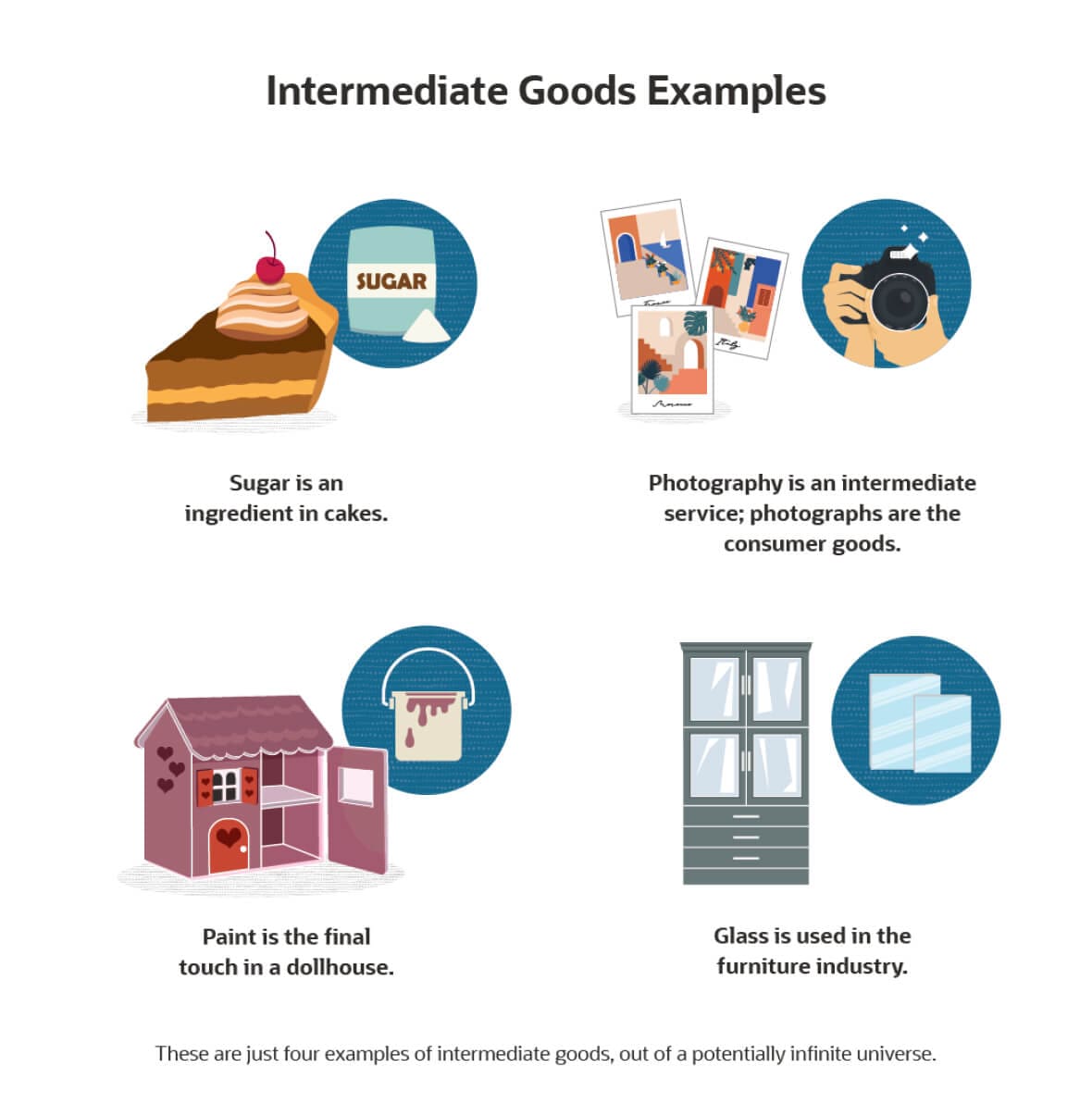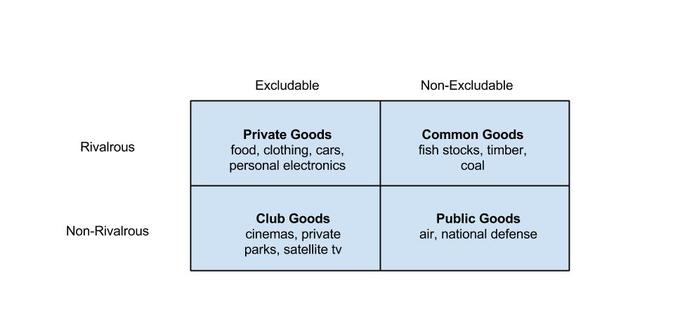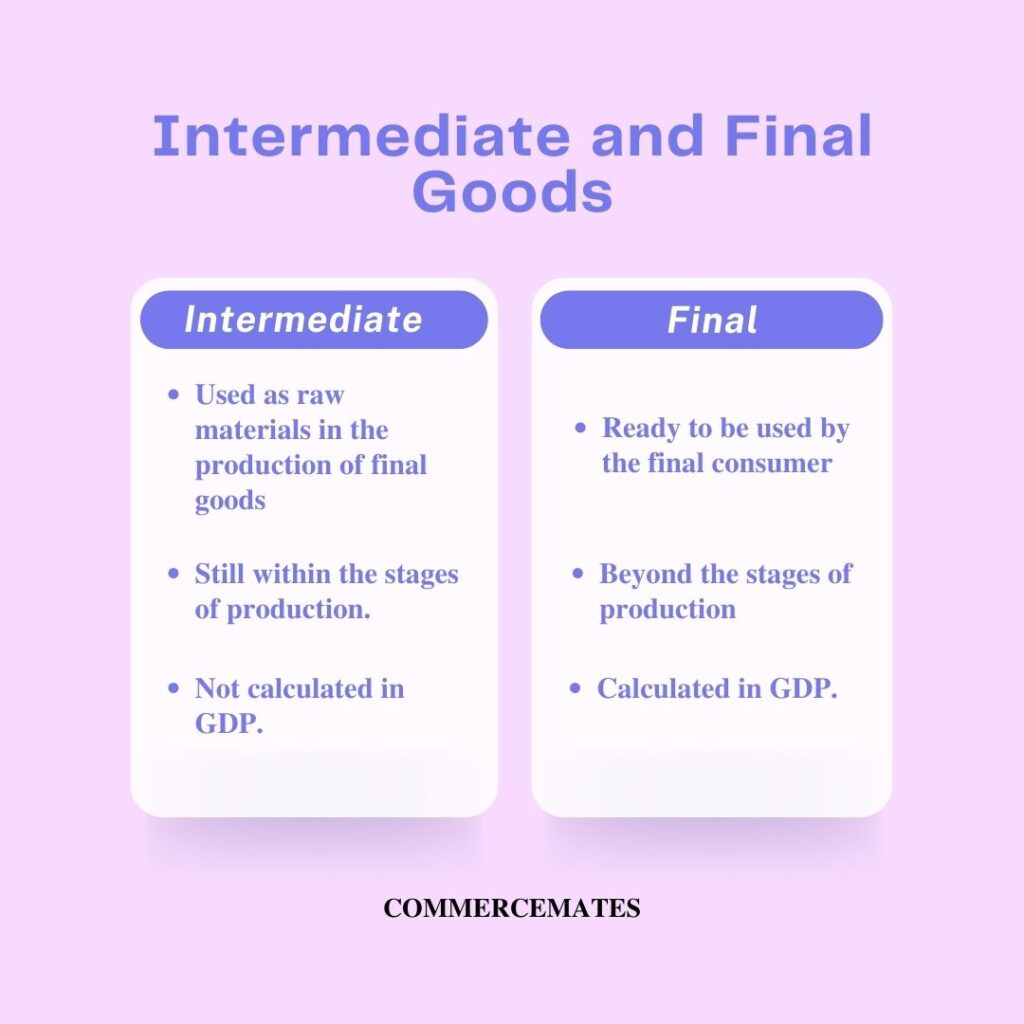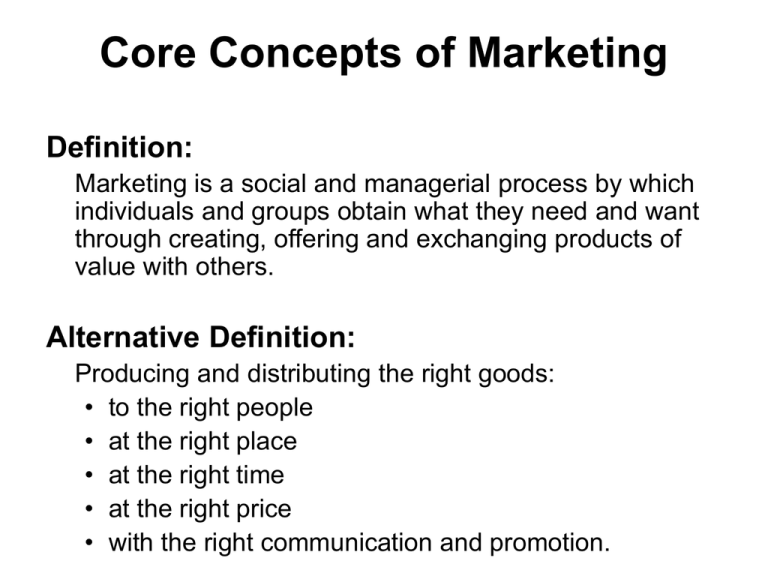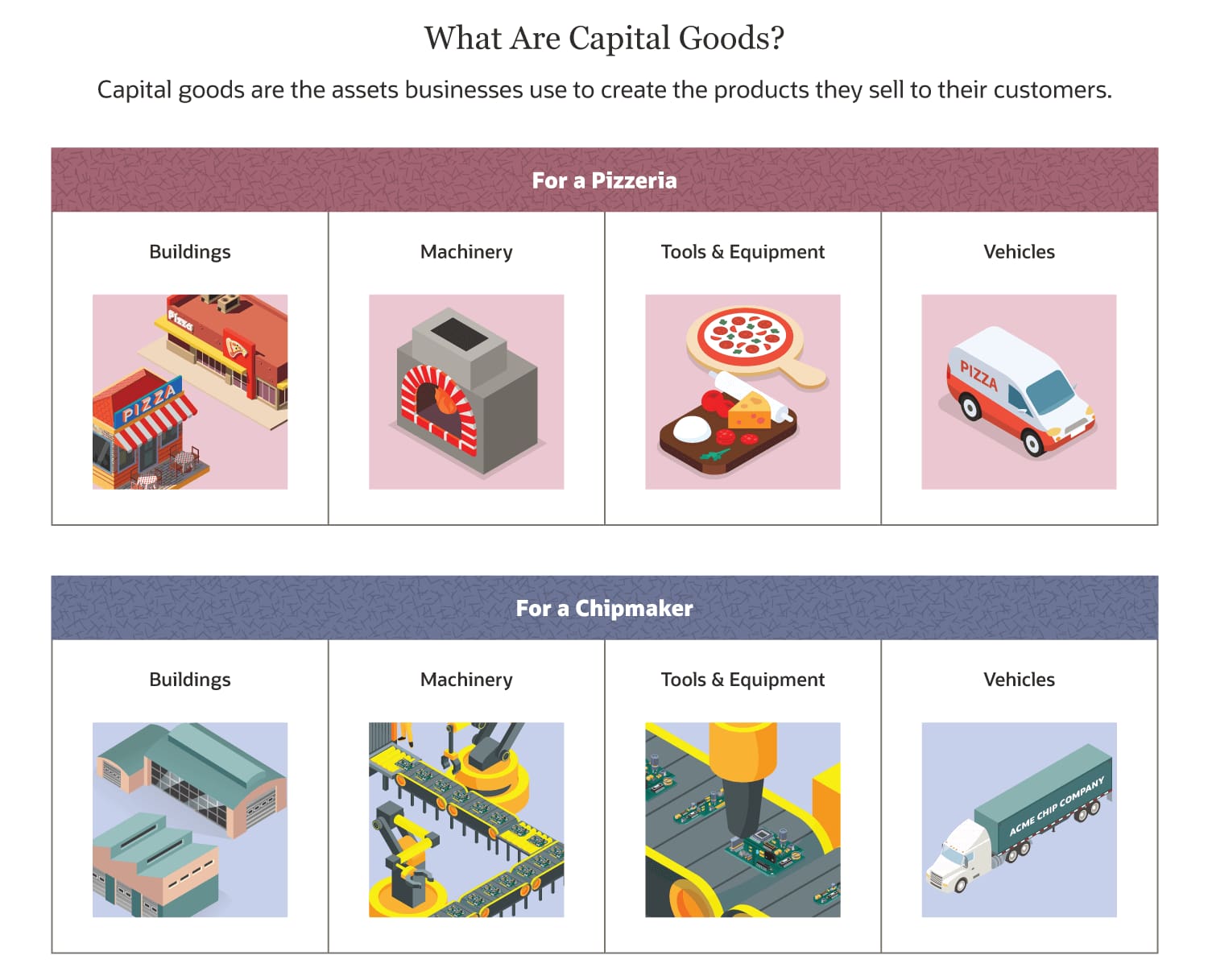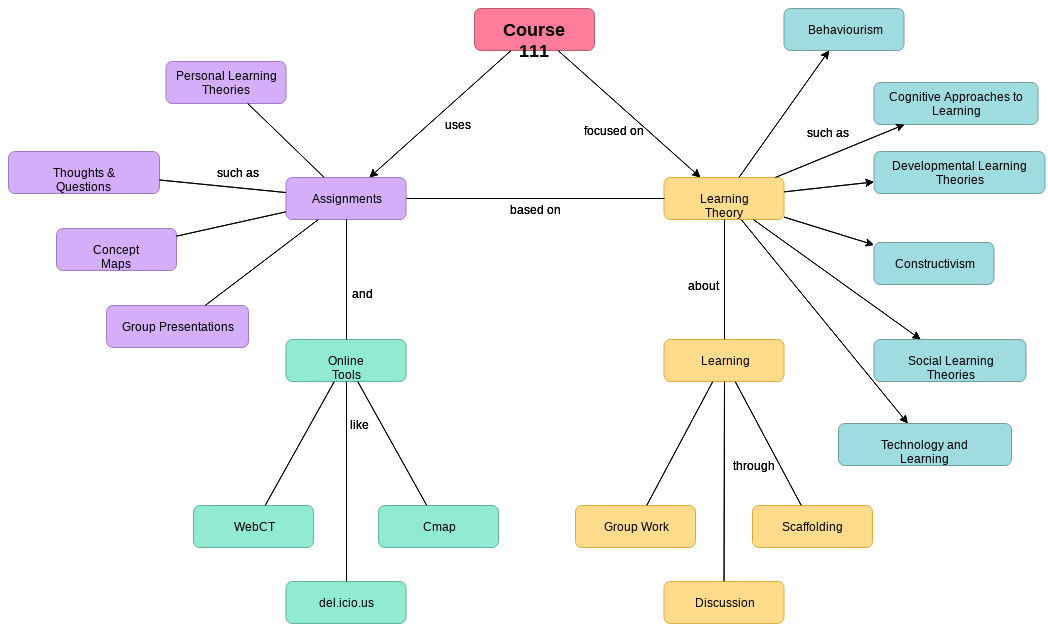Which Of The Following Are Defined As Core Goods

Imagine walking through a bustling marketplace, a symphony of sounds and colors assaulting your senses. You see handcrafted pottery, bolts of vibrant fabric, and gleaming metal tools – all tangible items representing the very foundation of our economy. But what exactly defines these essential items, the "core goods" that underpin so much of what we produce and consume? This is the question we’ll be exploring, diving into the heart of manufacturing and the very building blocks of trade.
The concept of core goods often arises in discussions of international trade, manufacturing, and economic indicators. While the exact definition can vary depending on the context, it generally refers to raw materials, semi-finished goods, and manufactured products used as inputs for further production or final consumption. Understanding what constitutes core goods is vital for analyzing trade balances, assessing industrial performance, and gauging overall economic health.
Defining Core Goods: A Closer Look
The term "core goods" is frequently used in economic reports and analyses, particularly when examining durable goods orders and trade deficits. It’s important to distinguish core goods from other categories like services, non-durable goods, and commodities like food and energy.
What Core Goods Include
Generally, core goods encompass manufactured products that are not directly related to volatile sectors like food and energy. This often includes items such as machinery, equipment, transportation equipment (excluding automobiles), primary metals, and fabricated metal products.
For example, consider a steel mill. The steel produced by the mill, used in construction or manufacturing of automobiles, would be classified as a core good. Similarly, semiconductors, crucial for electronic devices, also fall under this category.
Think of it this way: core goods are the "nuts and bolts" of the modern economy, the physical components necessary to create a vast array of finished products.
What Core Goods Exclude
It's equally important to understand what is not considered a core good. Primarily, this includes food, energy, and transportation equipment, notably automobiles. Food and energy are often excluded due to their price volatility and their direct impact on consumer spending.
Automobiles are often considered separately due to their significant impact on trade balances and their dependence on consumer confidence. Services, like healthcare, education, or financial services, are also excluded, as they represent intangible economic activity.
Essentially, core goods focus on the manufacturing sector's output, separating it from consumer-driven sectors and commodities with inherently fluctuating prices.
Why Core Goods Matter
Understanding core goods is essential for several reasons. They provide valuable insights into the health and direction of the manufacturing sector, which is a crucial engine of economic growth.
Changes in core goods orders and production can signal shifts in investment, business confidence, and overall economic activity. For example, a sustained increase in orders for core goods may indicate that businesses are anticipating future demand and are investing in new equipment and capacity.
Moreover, analyzing core goods data helps policymakers assess the impact of trade policies and identify potential areas for intervention or support. Tracking the import and export of core goods can reveal a country's competitiveness in different manufacturing sectors and highlight areas where domestic industries may be facing challenges from foreign competition.
Core Goods and Economic Indicators
The concept of core goods is often used in conjunction with various economic indicators, providing a more nuanced understanding of economic trends. One key indicator is the durable goods orders report, which tracks new orders for manufactured goods that are expected to last three years or more.
Analyzing the core capital goods component of this report, which excludes defense and aircraft orders, gives a more reliable picture of business investment. A rise in core capital goods orders often signals increased business optimism and a willingness to invest in future growth.
Furthermore, trade data focusing on core goods can help policymakers assess the balance of trade in manufactured products, which is an important factor in determining a country's overall economic performance. Deficits or surpluses in core goods trade can have significant implications for currency values, employment, and overall economic stability.
Examples of Core Goods
To solidify the understanding, let's consider some concrete examples of core goods. Industrial machinery, used in manufacturing processes, is a prime example. Components for electronics, such as circuit boards and microchips, are also considered core goods.
Raw materials that undergo manufacturing processes, like sheet metal ready to be formed, are often included. The key element is that these are intermediate goods used in further manufacturing or production.
Ultimately, it’s about the tangible components that form the backbone of various manufacturing sectors.
Sources and Further Research
For more in-depth information on core goods, several credible sources are available. Government agencies, such as the U.S. Census Bureau and the Bureau of Economic Analysis (BEA), provide data and analysis on manufacturing, trade, and durable goods orders. You can often find definitions and explanations of core goods within their publications.
International organizations, such as the World Trade Organization (WTO) and the International Monetary Fund (IMF), also publish reports and data that may touch upon the concept of core goods within the context of global trade and economic trends.
Consulting these official sources is essential for accurate and up-to-date information.
The Dynamic Nature of Core Goods
It's important to acknowledge that the definition and categorization of core goods can evolve over time due to changes in technology, manufacturing processes, and global trade patterns. For instance, the increasing importance of technology-related components may lead to a broader definition of core goods in the future.
Similarly, the rise of global supply chains and the increasing complexity of manufacturing processes can blur the lines between different categories of goods. As a result, it's essential to stay informed about the latest developments and adjustments in the definition and measurement of core goods.
The definition of core goods is not static; it adapts to reflect the ever-changing landscape of the global economy.
Conclusion: Core Goods as Economic Building Blocks
Understanding what constitutes core goods is crucial for navigating the complexities of modern economics. By identifying and analyzing these fundamental components of manufacturing and trade, we gain valuable insights into economic health, industrial performance, and the forces shaping the global economy.
While the exact definition may vary depending on the context, the underlying principle remains the same: core goods represent the tangible building blocks of our modern, interconnected world. By grasping this concept, we can better understand the flows of commerce and the mechanisms that drive economic growth.
So, the next time you see a headline about trade deficits or durable goods orders, remember the core goods – the often-unseen but vital components that underpin our economy and shape our future.





